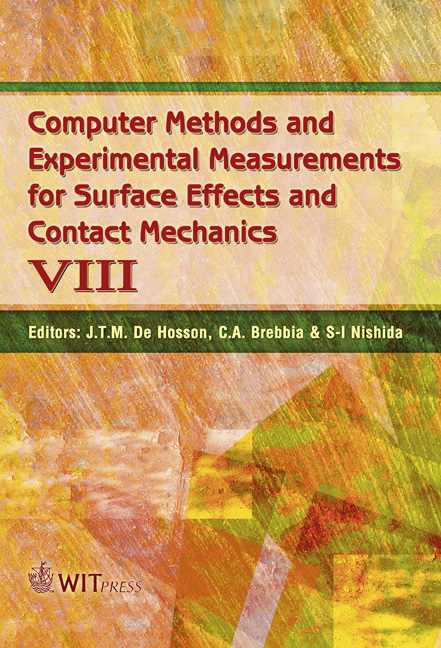Ionic Migration Behavior In Minute Wiring On Flexible Substrate
Price
Free (open access)
Transaction
Volume
55
Pages
13
Published
2007
Size
1,250 kb
Paper DOI
10.2495/SECM070081
Copyright
WIT Press
Author(s)
Y. Kimura, S. Isawa, M. Chino, H. Hara, K. Tamayama & A. Suzuki
Abstract
Recently, miniaturization and high-density mounting have been demanded in various electronic devices. Above all, flexible print circuit (FPC) technology has been a focal point, especially in the field of notebook computers and cellular phones, for obtaining a higher degree of freedom in design. In order to actualize the fine pitch of wiring in FPC, the insulation degradation due to the migration becomes a problem that cannot be ignored. Because of differences in its structure and wiring from the former printed circuit board, the analysis of migration behavior in FPC becomes important for evaluating the reliability of an electronic component based on FPC. In this research, in order to grasp the migration behavior of FPC, a 45µm pitched COF specimen was used. In addition, the paragraphed 30µm pitch tooth profile wiring specimen was designated as the test material. Then, a reliability test for evaluating the migration behavior was conducted. As a result of a Steady-State Temperature Humidity Bias Life (THB) test, the migration occurred progressively. Various investigations were conducted for explaining about the mechanism of ionic migration. Also in this paper, the adhesive strength between the polyimide film and copper (Cu) wiring pattern, and that between the polyimide film and the under-filling material, was measured in order to investigate the influence of the surface state of polyimide film upon the migration behavior. Keywords: ionic migration, FPC, reliability, THB testing.
Keywords
ionic migration, FPC, reliability, THB testing.





